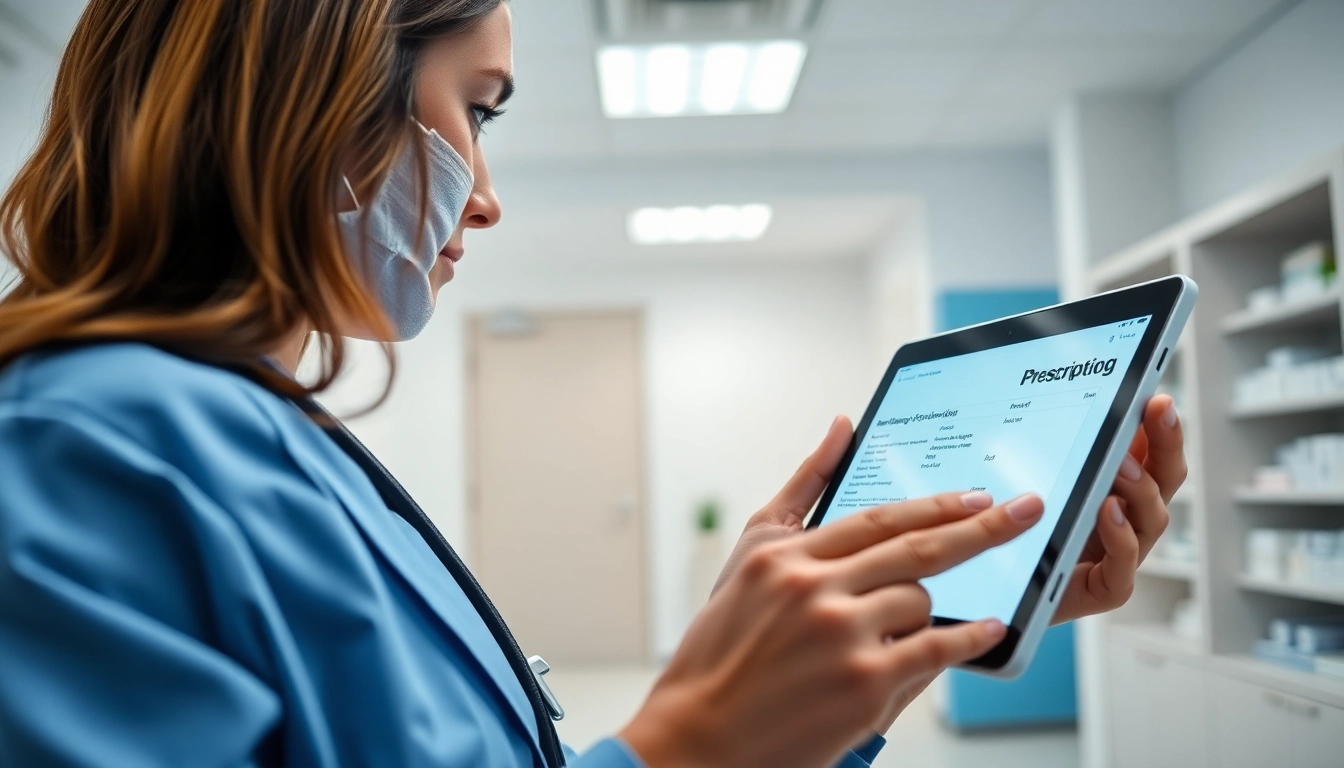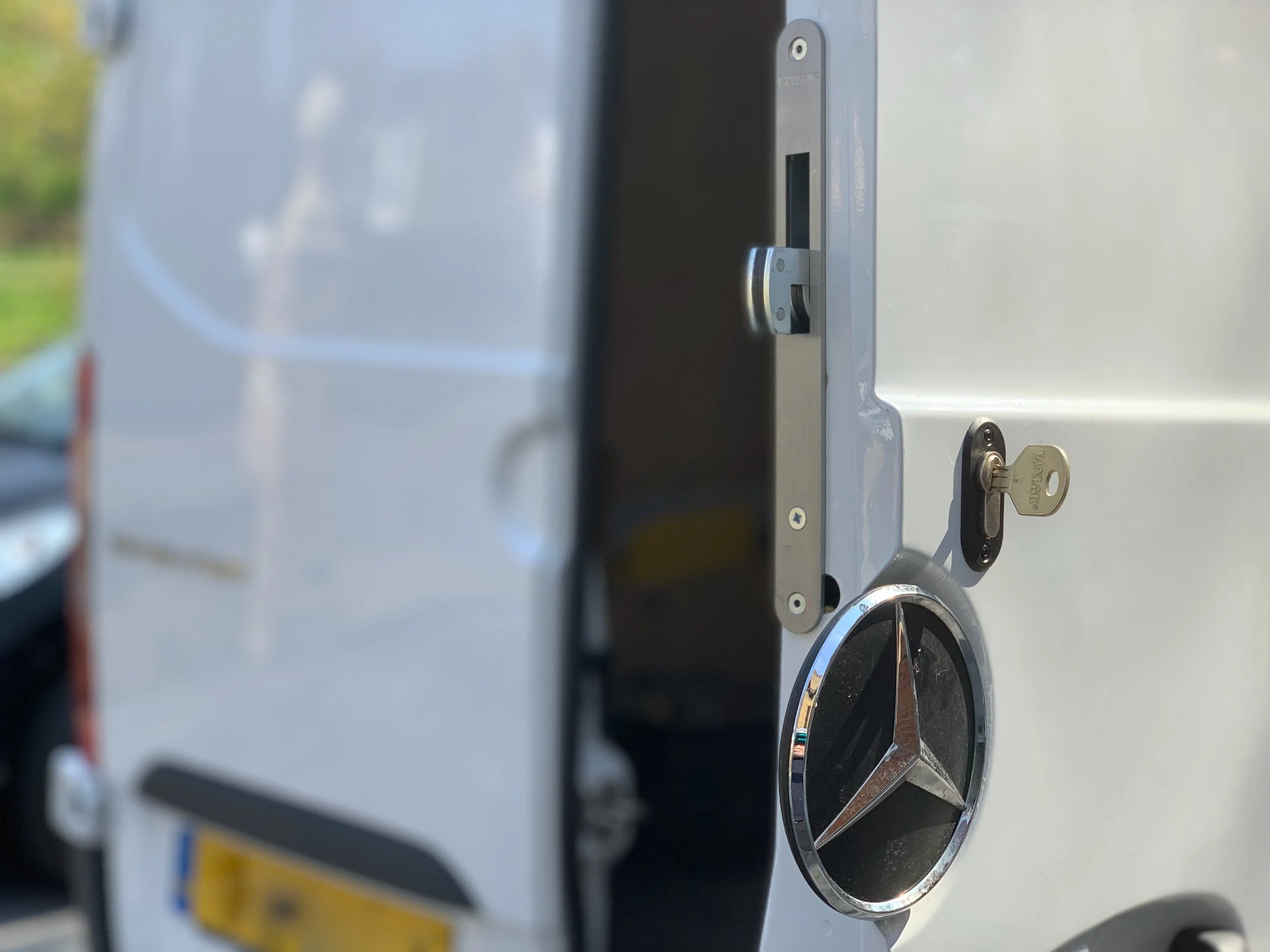
Understanding Body Sculpting
Body sculpting has emerged as a popular method for transforming physiques, offering individuals the opportunity to reshape their bodies in a non-intrusive way. Whether through body sculpting technologies or surgical procedures, this multifaceted approach has become synonymous with enhancing appearance and boosting self-confidence. In this detailed exploration, we will delve into the various aspects of body sculpting, providing clarity on techniques, preparation, recovery, and what the future may hold for these transformative procedures.
What is Body Sculpting?
Body sculpting, often referred to as body contouring, encompasses a range of procedures designed to improve the shape and tone of the body. This can involve both surgical and nonsurgical methods aimed at reducing fat, tightening skin, and enhancing muscle definition. Body sculpting is not a weight-loss strategy but rather a way to target stubborn areas of fat that may resist diet and exercise. Various technologies and techniques exist, making it a versatile option for those looking to refine their silhouette.
The Benefits of Body Sculpting
The advantages of body sculpting extend beyond mere aesthetics. Key benefits include:
- Targeted Fat Reduction: Procedures can precisely target areas where fat is difficult to eliminate through conventional methods.
- Improved Self-Esteem: Many people find that after body sculpting, they feel more confident and satisfied with their appearance.
- Minimal Downtime: Particularly with nonsurgical methods, recovery time is significantly less compared to traditional surgeries.
- Enhanced Muscle Tone: Certain procedures, like Emsculpt, help in building muscle while minimizing fat.
Common Techniques Used in Body Sculpting
Body sculpting encompasses various techniques, each with specific methodologies and intended outcomes. Some of the most common include:
- Cryolipolysis (CoolSculpting): This method freezes fat cells, causing them to die naturally and be eliminated by the body.
- Laser Lipolysis: Uses laser energy to melt fat, which can then be removed during a minimally invasive procedure.
- SculpSure: An FDA-approved treatment that employs laser technology to target and disrupt fat cells.
- Non-invasive Radiofrequency: This method tightens skin and reduces fat using heat energy.
Types of Body Sculpting Procedures
Surgical Options for Body Sculpting
Surgical body sculpting procedures typically include options like liposuction, tummy tucks, and breast lifts. These methods provide more significant and immediate results than nonsurgical methods but come with longer recovery times and associated risks.
Liposuction
Liposuction remains one of the most sought-after surgical body sculpting techniques. It involves the removal of fat deposits from specific areas, providing noticeable changes in body contours. While traditional liposuction requires general anesthesia and significant recovery time, advancements have led to techniques such as tumescent liposuction, which minimizes downtime.
Tummy Tuck (Abdominoplasty)
A tummy tuck is designed to remove excess skin and fat from the abdominal area, often needed after significant weight loss or pregnancy. This procedure can also tighten the abdominal muscles, creating a firmer profile.
Nonsurgical Body Sculpting Methods
Nonsurgical methods have become increasingly popular due to their efficiency, reduced recovery time, and minimal discomfort. Many of these procedures can be performed in a clinic setting without anesthesia. Key nonsurgical options include:
CoolSculpting
CoolSculpting employs cryolipolysis to target fat cells by freezing them without affecting surrounding tissues. The body gradually eliminates these dead cells, leading to a noticeable reduction in fat over a few months.
SculpSure
SculpSure utilizes laser technology to heat and destroy fat cells while simultaneously tightening the skin. This non-invasive treatment can target multiple areas in one session, making it a time-efficient option.
Emsculpt
Emsculpt is a revolutionary technology that combines muscle toning with fat loss. By using high-intensity focused electromagnetic energy, it induces muscle contractions at an intensity that cannot be achieved through exercise alone.
Comparing Techniques: What Works Best?
Choosing the right body sculpting procedure depends on individual goals, the targeted area, and personal circumstances. Surgical options generally provide dramatic results but come with more extended recovery and risks. In contrast, nonsurgical approaches are less invasive, with results that gradually improve over a few weeks. It is essential to consult with a qualified specialist to determine what is best based on individual physiology and desired outcomes.
Preparing for Body Sculpting
Consultation with a Specialist
To achieve optimal results, a thorough consultation with a specialist is essential. During this process, the practitioner discusses the patient’s goals, medical history, and lifestyle. They also assess the feasibility of the desired outcomes based on physical examination. This step helps in tailoring individual treatment plans.
Setting Realistic Goals and Expectations
Patients should have a clear understanding of what body sculpting can, and cannot, achieve. It’s crucial to set goals that are realistic and attainable. Body sculpting is not a weight-loss solution but rather a means to enhance body contours.
Pre-Treatment Guidelines
Prior to undergoing a body sculpting procedure, certain guidelines can improve results and minimize complications. These may include:
- Avoiding blood thinners such as aspirin or ibuprofen for a few days.
- Staying hydrated and maintaining a balanced diet.
- Communicating any medications, allergies, or medical conditions with the provider.
Post-Procedure Care
What to Expect After Body Sculpting
Post-procedure experiences vary based on the technique used. Generally, nonsurgical procedures may result in mild swelling or tenderness, while surgical options involve more substantial recovery time. Most procedures offer gradual results, with the final appearance becoming clearer over several months.
Recovery Tips for Optimal Results
To enhance recovery and results, adhere to these best practices:
- Follow post-operative care instructions provided by your specialist.
- Engage in light physical activity as recommended to promote circulation.
- Avoid strenuous activities until cleared by the practitioner.
Maintaining Your Body Sculpting Results
While body sculpting can provide lasting outcomes, maintaining results requires a commitment to a healthy lifestyle. Regular exercise and a balanced diet are crucial for preserving body shape and preventing fat regain.
The Future of Body Sculpting
Emerging Trends in Body Sculpting Technologies
The field of body sculpting continues to evolve, with emerging technologies promising even better outcomes. Innovations in non-invasive techniques, improved laser technologies, and combination therapies (utilizing multiple modalities) are shaping the future of body sculpting.
Innovative Treatments on the Horizon
New developments in regenerative medicine aim to enhance body sculpting capabilities. This might include methods utilizing stem cells or bio-enhancements that promote skin and muscle rejuvenation alongside fat reduction.
Long-Term Considerations for Body Sculpting
It is important to approach body sculpting with long-term goals in mind. Patients are encouraged to view these procedures as part of an overall wellness strategy. As technology advances and more information becomes available, individuals can expect even safer and more effective body sculpting options in the future.






